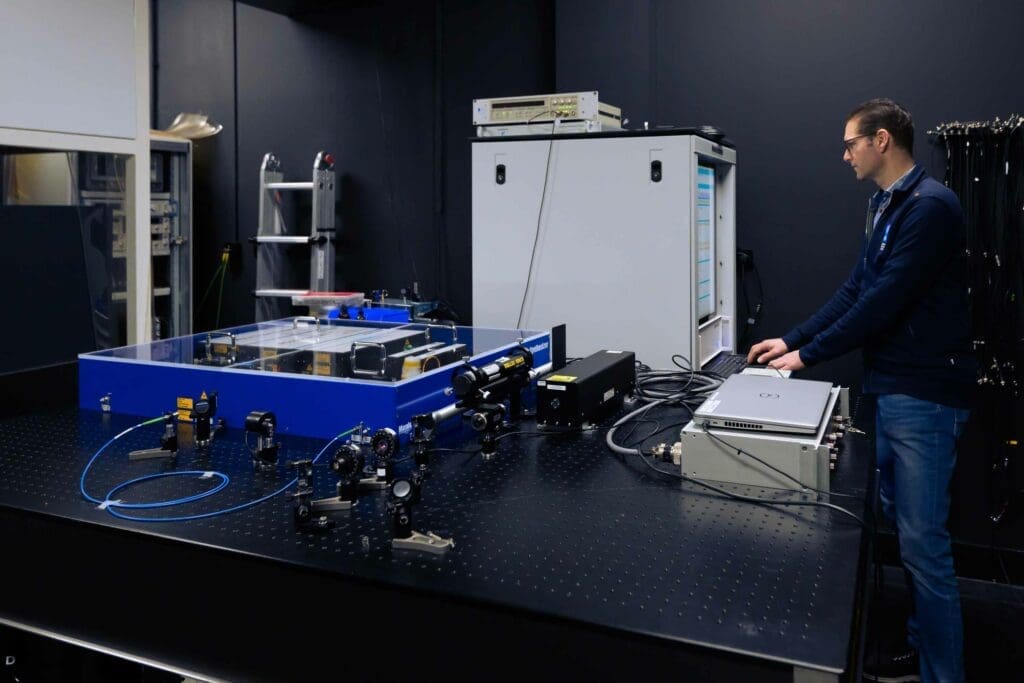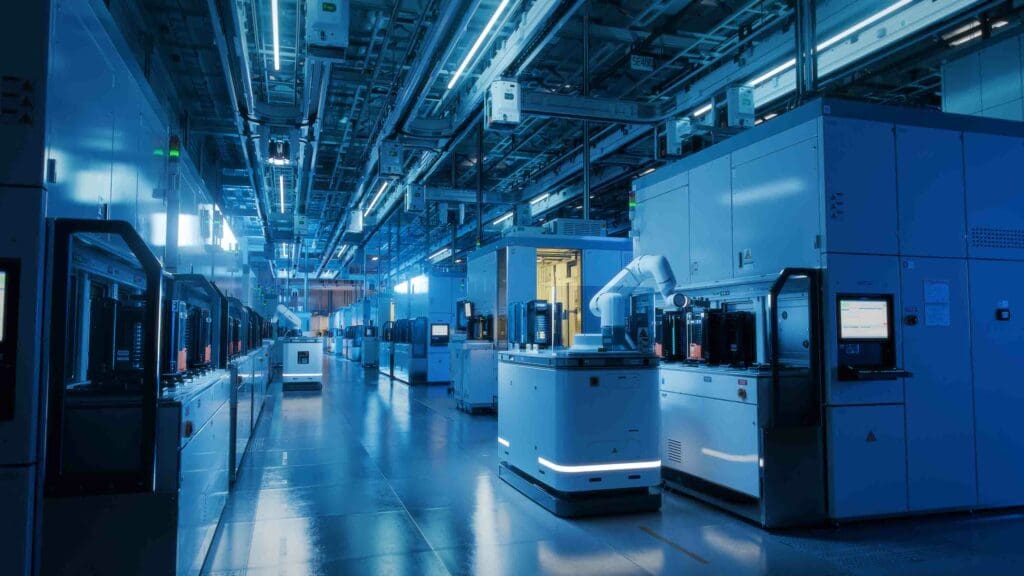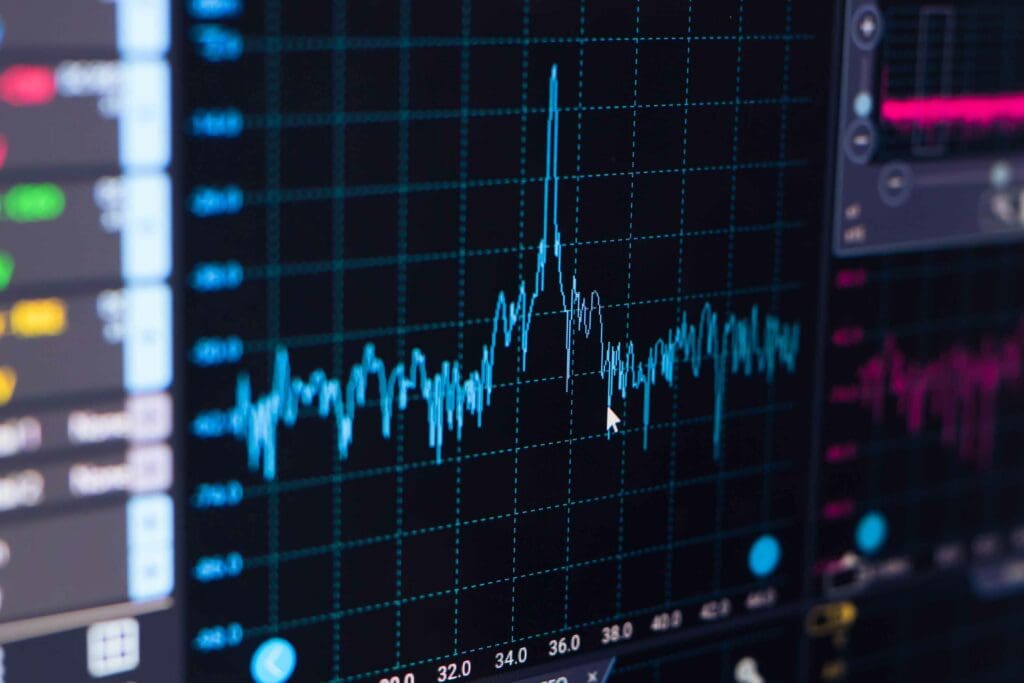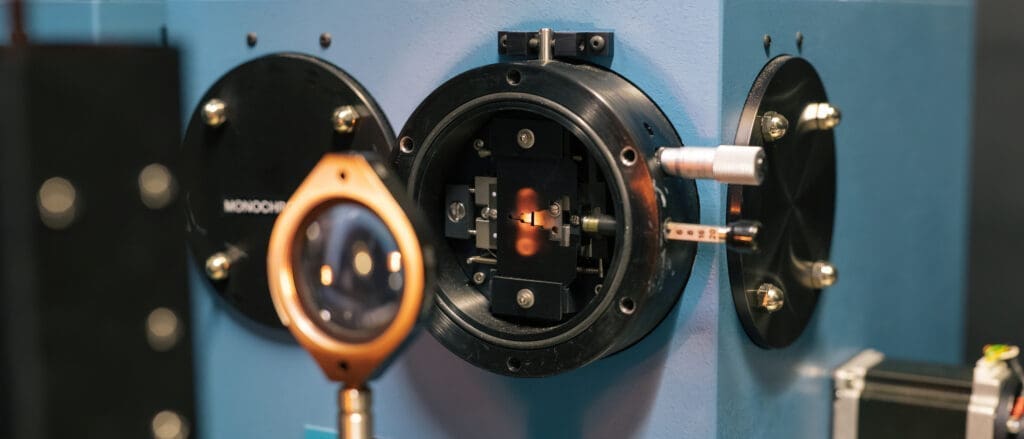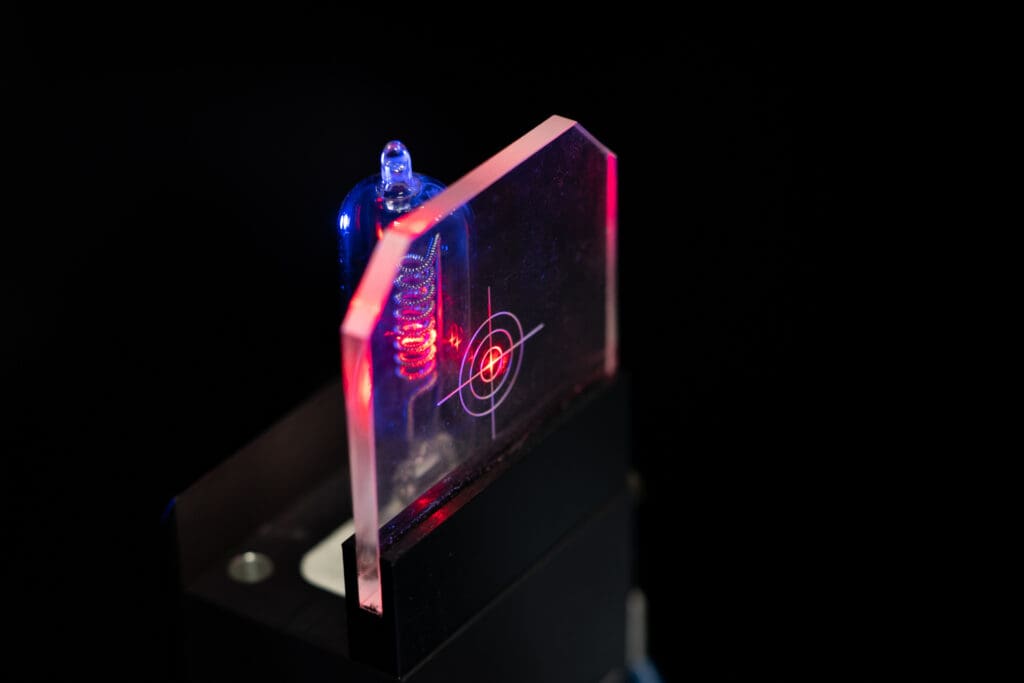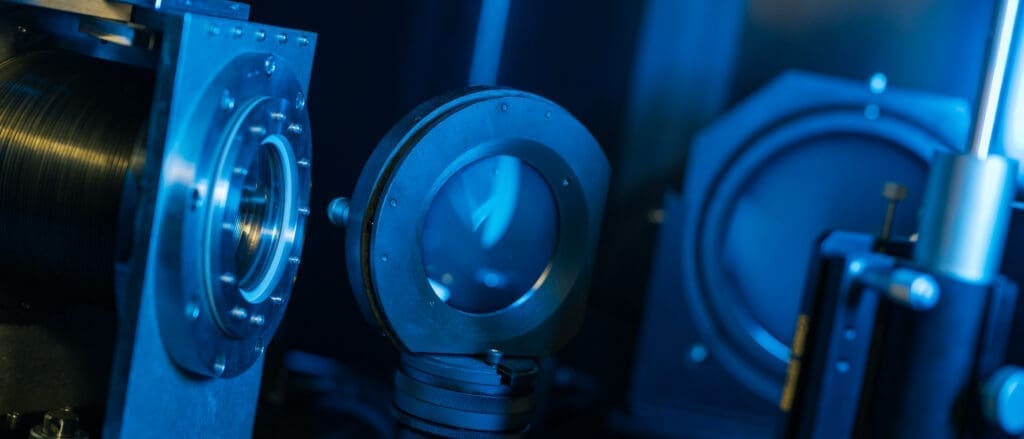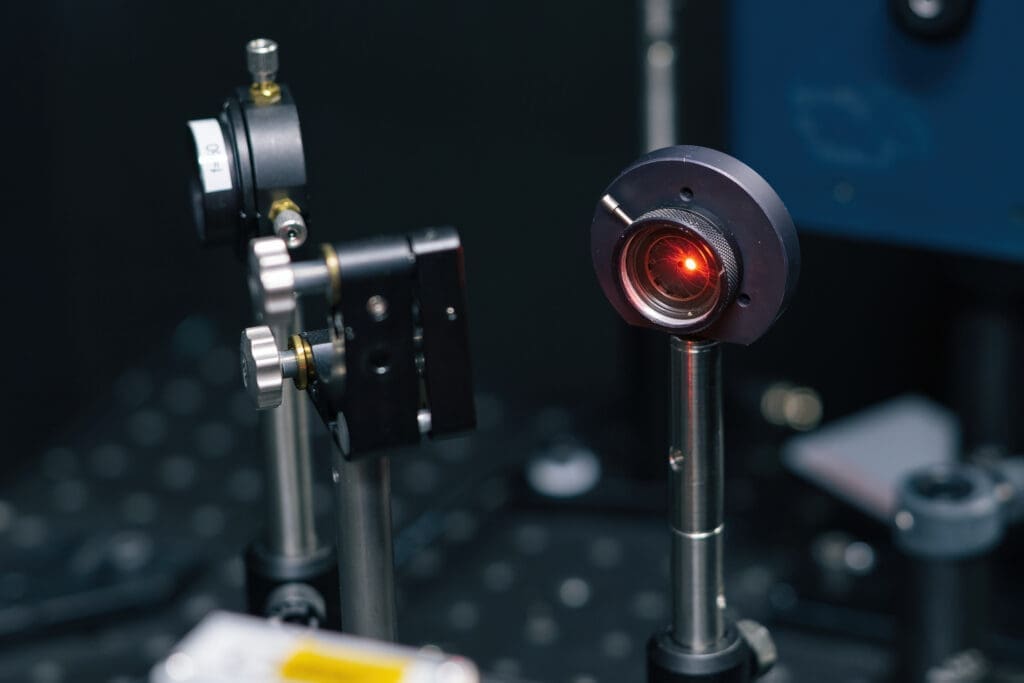Metrology for temporal light modulation
Projects
Metrology for temporal light modulation
LED-based lighting contributes to energy saving and the reduction of the environmental impact of lighting. LED lamps can show fluctuations in the light output known as temporal light modulation (TLM) which could, above certain limits and under certain conditions, impact the health, well-being and safety of people. The new EU Ecodesign 2019/2020 ‘Single Lighting Regulation’ sets limitations on TLM. The overall aim of this project is to create the metrology infrastructure for the measurement of TLM in LED lighting and the visual effects induced by TLM, known as temporal light artefacts (TLAs). This project will develop and validate measurement methods for quantitative measurement of TLAs, such as flicker and the stroboscopic effect, and it will advance the development of a metric for the phantom array effect. The project results will underpin the development of standardisation on TLM and will provide the lighting industry, instrument manufacturers and market surveillance authorities with undisputable results of their TLM measurements.
Our role
VSL is coordinating this project and leading the work package on methods for traceable and validated measurement of temporal light modulation. In this work package, VSL is working on methods to calibration and characterisation of TLM measurement devices and the evaluation of uncertainty budgets. To validate the newly established traceability, an interlaboratory comparison will be held.
Start date: May 1, 2021
End date: May 31, 2024
Read more about this project here.
“The project has received funding from the European Partnership on Metrology, co-financed by European Union Horizon Europe Research and Innovation Programme and from the Participating States.”

Would you like to know more about this subject?
Our experts are happy to help.
Paul Dekker
Senior Metrologist Length – Optics
Projects
Our expertise in practice
Read more about our projects.
